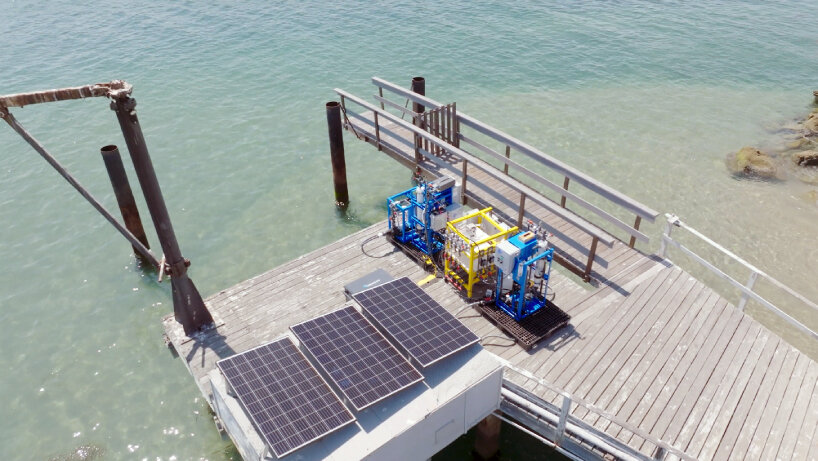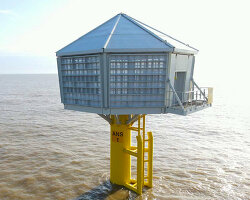KEEP UP WITH OUR DAILY AND WEEKLY NEWSLETTERS
PRODUCT LIBRARY
the restomod lamborghini diablo hypercar by emanuel colombini and borromeodesilva borrows its revamped design cues from diablo GTR.
connections: +800
the SL03 wins the red dot design award 2023 as first all-electric car of deepal.
connections: +1340
samsung unveils T7 shield - a portable SSD that is dustproof, water-resistant, and absorbs shock from drops of up to three meters.
connections: +100
toni pavic, head of branding and partner at LEMMO, speaks to designboom at the red dot design award 2023 ceremony.
connections: +600





















